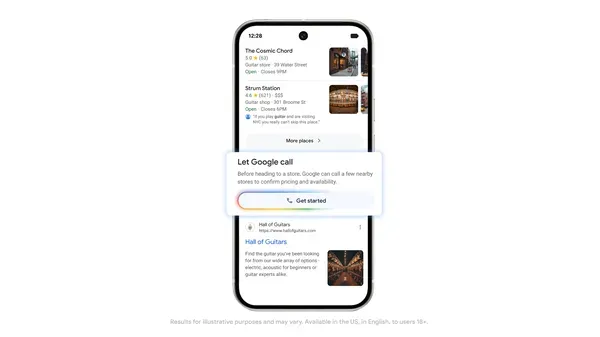Google just turbocharged its AI video creation platform Flow with a suite of professional-grade editing tools, marking a major push into the creator economy as the company reports crossing 500 million generated videos since May. The update introduces precision editing capabilities that let creators refine individual elements without regenerating entire clips, addressing the biggest user complaint about AI video tools.
Google is making a serious play for the creator economy. The company just rolled out four major editing upgrades to Flow, its AI video generation platform, while revealing the tool has produced over 500 million videos since launching in May. That's roughly 3.3 million videos per day - a pace that puts Flow in direct competition with established players like RunwayML and emerging rivals.
The timing isn't coincidental. As AI video tools mature beyond simple text-to-video generation, Google is betting that professional-grade editing controls will separate the serious platforms from the novelty apps. "We've heard your feedback: you want more precision and control," writes Anika Ahluwalia, Product Manager at Google Labs, in the company blog post.
The centerpiece upgrade is Nano Banana Pro, Google's newest image generation model that brings what the company calls "professional-grade controls" to Flow subscribers. Unlike the standard version available to free users, Pro offers granular control over depth of focus, lighting, and color grading - features typically found in $1,000+ professional editing suites. The model can blend elements from multiple reference images while preserving critical details, addressing a key limitation that's plagued AI video tools since their inception.
But it's the doodling feature that might be the real game-changer. Instead of wrestling with text prompts, creators can now literally draw their edits directly onto video frames. Want to change a character's pose or add an object? Just sketch it out. The system interprets these visual annotations and incorporates them into the final output, eliminating the prompt engineering bottleneck that's frustrated creators for months.
"Instead of wordsmithing the perfect prompt, you can draw or annotate on an image," Ahluwalia explains. This tackles one of the biggest pain points in AI content creation - the translation barrier between creative vision and text-based instructions. Early demos show creators sketching simple modifications that would have required complex multi-sentence prompts in older systems.












